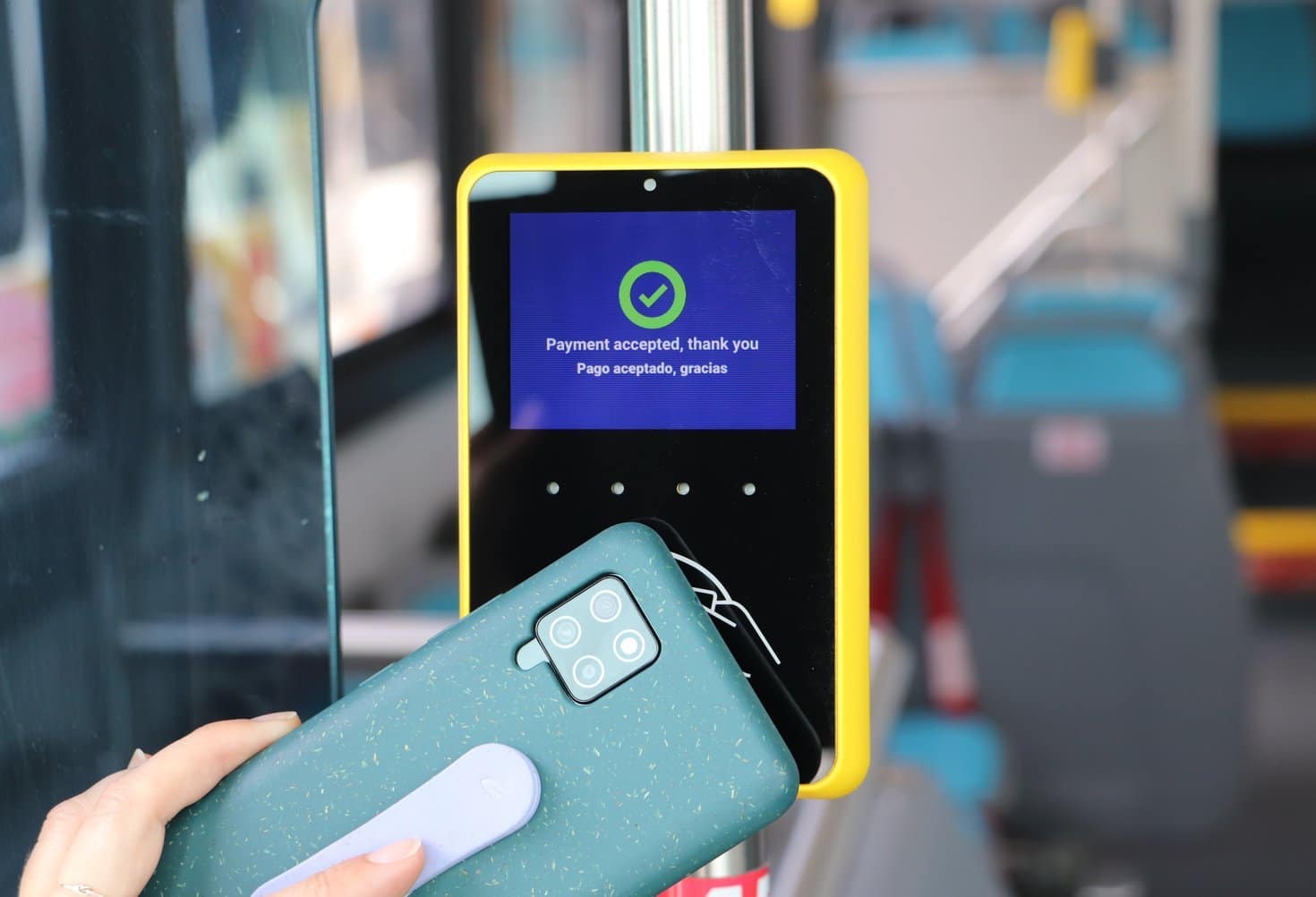
Article Highlights
Shashi Verma, CTO of Transport for London, called for more regulation to lower interchange for agencies accepting credit and debit cards. Verma was among a panel of experts Tuesday that debated the pros and cons of open-loop payments, including discussing bank-card fees transit agencies pay to accept open loop.
On a $2 fare paid for with most debit cards issued in the U.S., interchange alone would make up 11.5% of the transaction. That compares with 0.2% if that same transaction were conducted in Europe.
• Transport for London
• Cal-ITP
• Land Transport Authority
• MST (Monterey-Salinas)
• Kentkart
• Transcode
• Arriva NL
Shashi Verma, chief technology officer for Transport for London and the driving force behind the agency’s landmark open-loop payments service, called for greater regulation of interchange rates outside of the UK and European Union to reduce fees agencies pay.


















